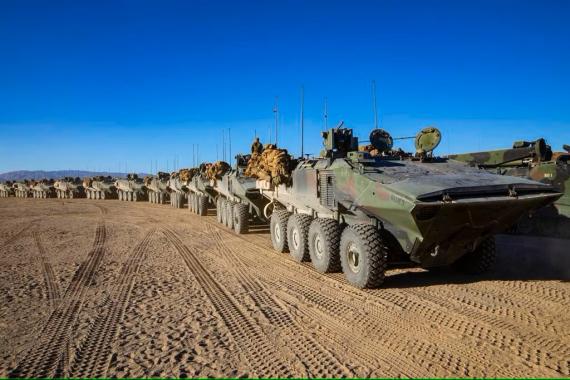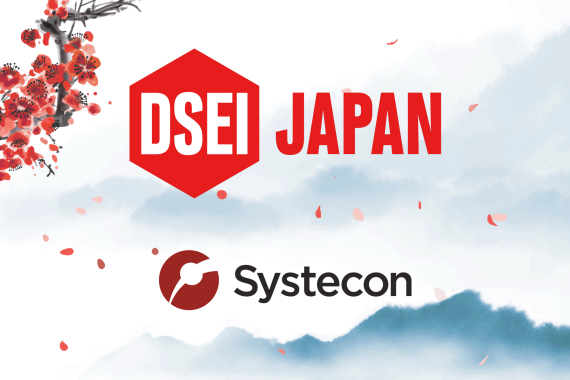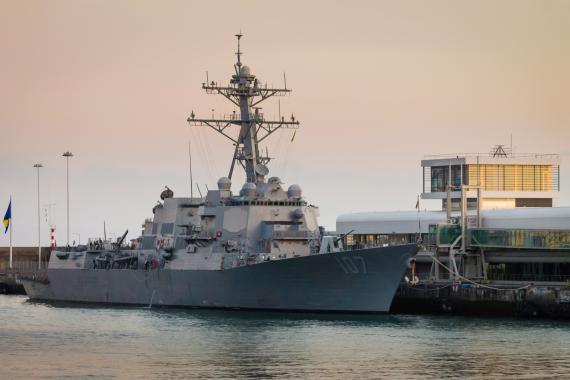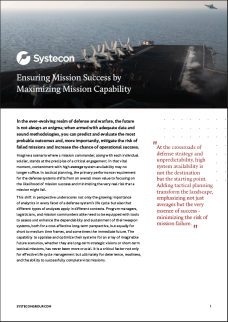
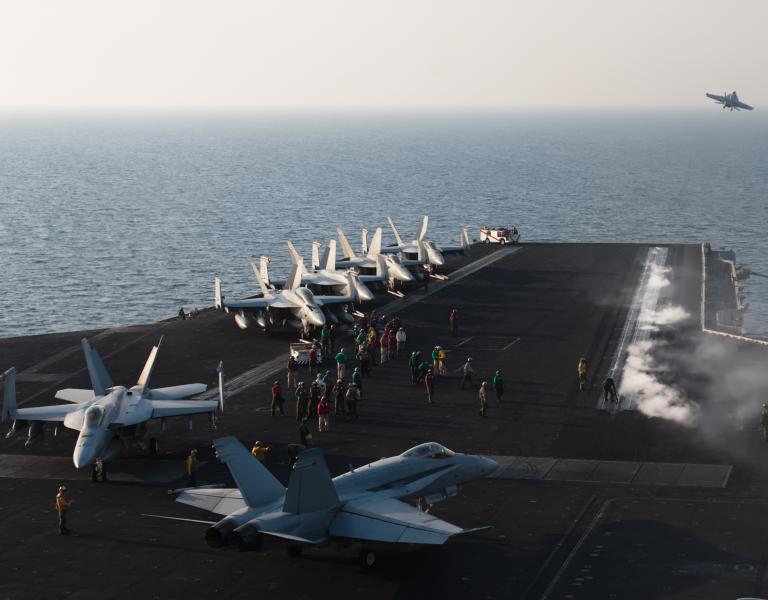
Ensuring Mission Success: Maximizing Mission Capability through Strategic and Tactical Optimization
In the complex and dynamic domain of defense and warfare, efforts to ensure mission success must go beyond the traditional aim for high average system availability.
New methodology and analysis capabilities enable a strategic shift towards maximizing mission capability and minimizing the risk of failed missions, for each anticipated scenario. This new ability, and the paradigm shift it enables, fits in perfectly with the increasing significance of analytics across the entire lifecycle of a defense system, where different analyses are needed in various contexts.
Authors: Axel Nyberg, Ph.D., Algorithm Lead and Olle Wijk, Ph.D. Senior Consultant
Predicting Success, Mitigating Risks
Armed with robust data and methodologies, we can navigate the uncertainties of the future. The goal is clear: predict and mitigate the risk of mission failure and enhance the probability of operational success. Whether in long-term strategic planning or immediate tactical engagements, the capability to assess and optimize the availability and effective logistics support of weapon systems for various scenarios is paramount.
Strategic Optimization for Long-Term Success
Strategically optimizing resource allocation, spare part assortment, and maintenance capability is vital for achieving consistent high operational performance. The long-term analysis-driven LCM approach guides decisions on system design, support systems, and operational concepts throughout the lifecycle. Questions about fleet availability, maintenance effectiveness, and supply effectiveness become focal points for ensuring cost-effective, robust long-term solutions.
Tactical Optimization for Short to Medium-Term Scenarios
However, in short to medium-term scenarios, mean values may not suffice. Tactical decision-making demands a nuanced analysis of scenario dynamics, requiring specialized approaches that accommodate evolving requirements.

Illustrative Scenarios: Adapting to Operational Shifts
Read more in the full article, that delves into a scenario with a drastic shift in operational requirements - transitioning from peacetime conditions to conflict engagement – which imposes new demands on support and logistic solutions. The ability to prepare for such a shift clearly illustrates the need to predict evaluate and optimize for for adaptability.
In essence, "Mission Success by Maximizing Mission Capability" is not a mere catchphrase; it's a strategic imperative. Equipping program managers, logisticians, and mission commanders with the tools to assess, adapt, and optimize ensures not only effective lifecycle management but also contributes to deterrence, readiness, and the successful completion of vital missions.
Authors:

